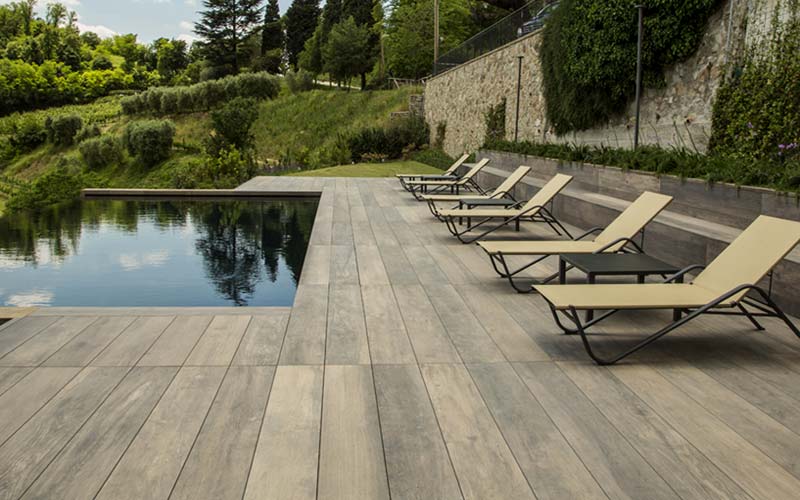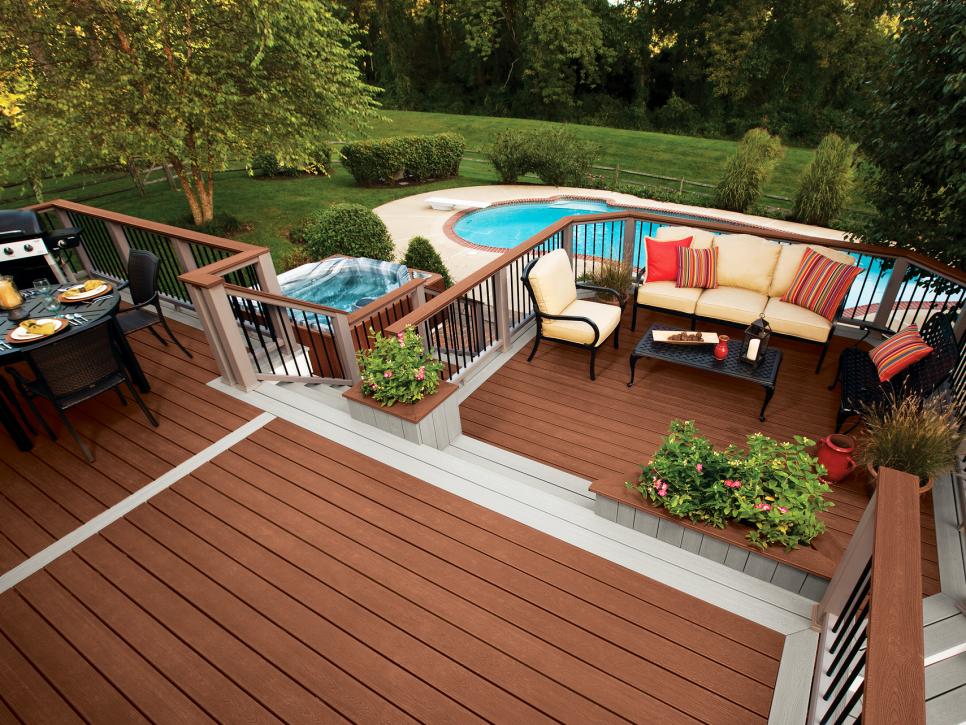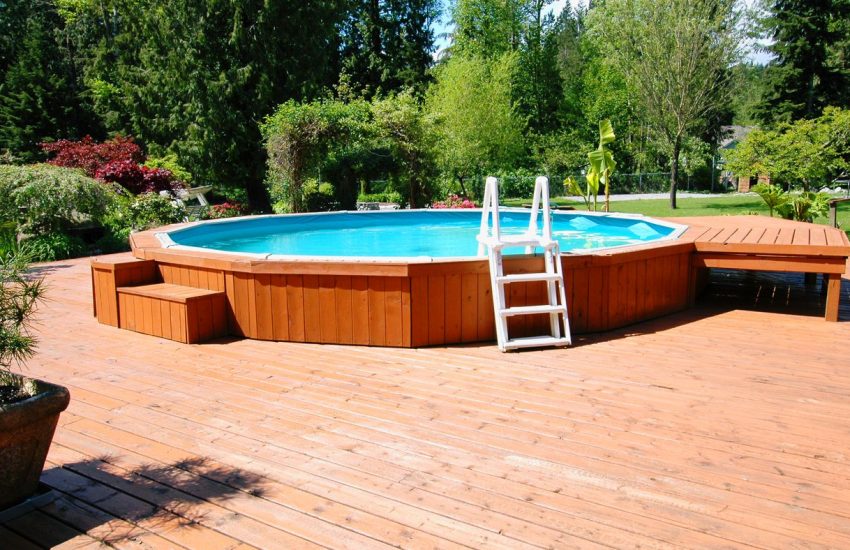How to Repair a Concrete Pool?
A concrete pool might be the most durable and long-lasting of all types of pool, but that doesn’t mean it is free from damages. The two problems that usually develop in a concrete pool are structural damages and surface damages. Whichever one it is, it is a serious enough problem that needs to be dealt with immediately. Most concrete pool damages develop during the pool design, construction, or maintenance. When any of this is done incorrectly, structural or surface damage may happen. Thus, the best thing is to ensure that the design, construction, and maintenance are done appropriately to prevent the damages from ever happening. Here, we discuss the major faults that your pool can have and how to fix them.
Pool Cracks
In order to understand a pool crack, it is essential to know the parts of a pool. A pool has two main parts – the surface, which includes liner, Gelcoat, plaster, etc. The shell, which is the material used to build the pool, such as concrete, metal, fiberglass, etc.
Surface Crack: When there is a crack in your swimming pool, there is a high chance it is not from the shell. It is most times the surface of the pool that cracks, and such crack doesn’t extend beyond the plaster. Surface cracks such as that do not cause leaks, but this doesn’t mean they are not a problem. Surface cracks could lead to more algae problems for your concrete pool, which is susceptible to algae even without the cracks. It could also cause calcium nodules.
Therefore, a surface plaster crack must be fixed immediately. This can be done by patching the cracks or too many cracks; replacing the pool plaster becomes the only option. Replacing the plaster is an expensive repair and may cost about $10,000.
Structural Crack: The other type of crack that can occur in a pool and a truly disastrous one in all ramifications, is the structural damage. This crack can take any form and appear anywhere in the pool. The cracks can be in any pattern and will generally cause leaks. So if you notice that you top off your pool water more often than you used to do, you should check for structural cracks.
Factors that cause structural cracks
Poor Engineering or Construction: If a pool is not designed correctly or built with low-quality material, it is likely to crack. This can also happen when it is installed close to another structure.
Ground Movement: If the ground moves for any reason, perhaps an earthquake, the pool may crack.
Groundwater: hydrostatic pressure caused by groundwater can lead to cracks.
Shift in soil: If the soil around the pool shell shift continuously due to not being properly compacted, it can cause cracks
Freezing and Thawing: When the ground freezes, it compacts. When it thaws, it expands. This alternation can lead to cracks.
Fixing Structural cracks
You can fix the structural cracks by:
Injecting polyurethane or epoxy into the crack, which would seal it off.
Applying hydraulic cement over the open cracks
Using rebar stables to close the crack
Removing the damaged area and redoing it
Conclusion
When it comes to cracks, the earlier you fix them, the better. Once you notice a crack, call an expert to determine its severity and repair it immediately. If you aren’t sure feel free to call your local contractor. If you are in Oahu, Hawaii visit www.swimmingpoolcontractorsoahu.com and give them a call!



